A Comparative Analysis of AI and Traditional Art
In recent years, the art world has witnessed a revolutionary shift with the emergence of AI-generated images. These digital artworks, crafted through advanced AI models and algorithms, have reached a level of sophistication that makes them difficult to distinguish from traditional real paintings created by human artists. As generative AI tools like DALL-E and Stable Diffusion continue to evolve, the boundary between AI-generated content and authentic human-made art becomes increasingly blurred.
The rise of AI-generated art has sparked a fascinating debate within the artistic community and beyond. On one hand, it opens up new avenues for creativity, allowing artists to explore novel art forms and push the boundaries of their imagination. On the other hand, it poses significant challenges in terms of authenticity and credibility. How can we ensure that the art we admire and collect is genuinely created by humans, and not the product of sophisticated algorithms?
This article aims to shed light on the methods and tools available to help you detect AI-generated images and distinguish them from real paintings. By understanding the unique features of AI-generated art and leveraging AI detection techniques, you can better navigate this evolving digital landscape.
Understanding the Basics of AI Art
What is AI Art?
AI art refers to artwork created using artificial intelligence algorithms. These algorithms, part of generative AI, produce images based on vast datasets of existing artwork. AI models like DALL-E and Stable Diffusion have been trained on millions of images to learn the intricacies of various artistic styles, colors, and compositions. By analyzing these patterns, AI-generated content can mimic human creativity, producing stunning and sometimes indistinguishable digital art.
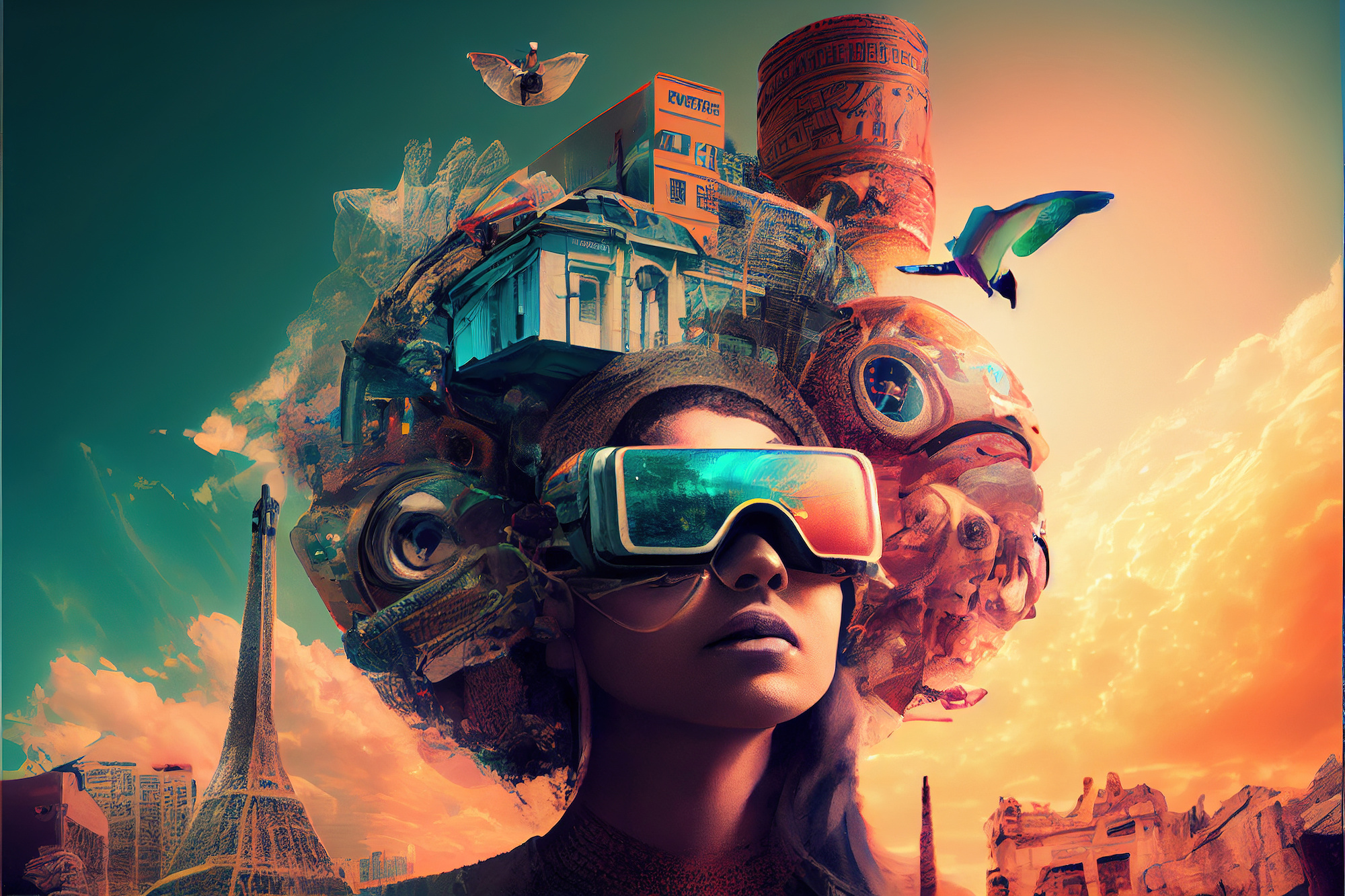
How Do AI Models Create Art?
The creation of AI art involves several key steps:
- Data Collection: AI models are trained on extensive datasets containing millions of images. These datasets cover a wide range of artistic styles and subjects, from classical oil paintings to modern pop art.
- Training: During the training phase, AI models learn to recognize patterns and features in the dataset images. This process involves complex neural networks and algorithms that mimic the way the human brain processes visual information.
- Generating Images: Once trained, the AI model can generate new images based on text prompts provided by users. For example, a prompt like “Create a digital painting of a serene forest in autumn” guides the AI to produce an image that matches the description.
- Refinement: Some AI art tools allow for iterative refinement, where users can adjust the generated image by providing additional instructions or modifying the original prompt. This process helps fine-tune the final output to better match the user’s vision.
Key Features of AI-Generated Art
Understanding the characteristics of AI-generated images can help you identify them:
- Uniform Patterns: AI-generated art often displays repetitive or uniform patterns that differ from the natural variability seen in human-created art.
- Unnatural Details: Sometimes, AI-generated images include odd or unrealistic details that a human artist would typically avoid.
- Perfect Symmetry: While human art embraces imperfections, AI models may produce overly symmetrical and flawless compositions.
Popular AI Art Tools and Platforms
Several AI art generators have gained popularity for their ability to create impressive digital art:
- Midjourney: Known for producing high-quality images with a distinct artistic style.
- DALL-E: Developed by OpenAI, DALL-E can generate highly detailed images from text prompts, including fantastical scenes and realistic objects.

- Stable Diffusion: Known for its versatility, Stable Diffusion produces a wide range of artistic styles and can be fine-tuned for specific artistic preferences.

The Role of AI in the Art World
The integration of AI tools into the art world has sparked both excitement and debate:
- Creative Exploration: Artists can use AI art generators to explore new creative avenues and experiment with different art forms and styles.
- Efficiency: AI can streamline the creative process, allowing artists to quickly generate and refine ideas.
- Authenticity and Credibility: The rise of AI-generated art raises questions about authenticity. How can collectors and enthusiasts ensure they are viewing genuine human-created art?
Understanding the basics of AI art provides a foundation for distinguishing between AI-generated and real paintings. As we delve deeper into detection methods and practical steps, you’ll gain the tools needed to navigate this fascinating intersection of technology and creativity.
Detect ai generated images: Visual Analysis Techniques
Identifying Patterns and Symmetry
One of the most effective ways to detect AI-generated images is through a careful examination of patterns and symmetry:
- Uniform Patterns: AI-generated content often exhibits repetitive patterns, as AI models sometimes struggle to introduce the natural variations found in human-created art. Look for areas where textures or shapes seem too consistent or uniform.

- Perfect Symmetry: Human artists tend to embrace imperfections, leading to subtle asymmetries in their work. In contrast, AI-generated art may display near-perfect symmetry, which can be a telltale sign of non-human origin.
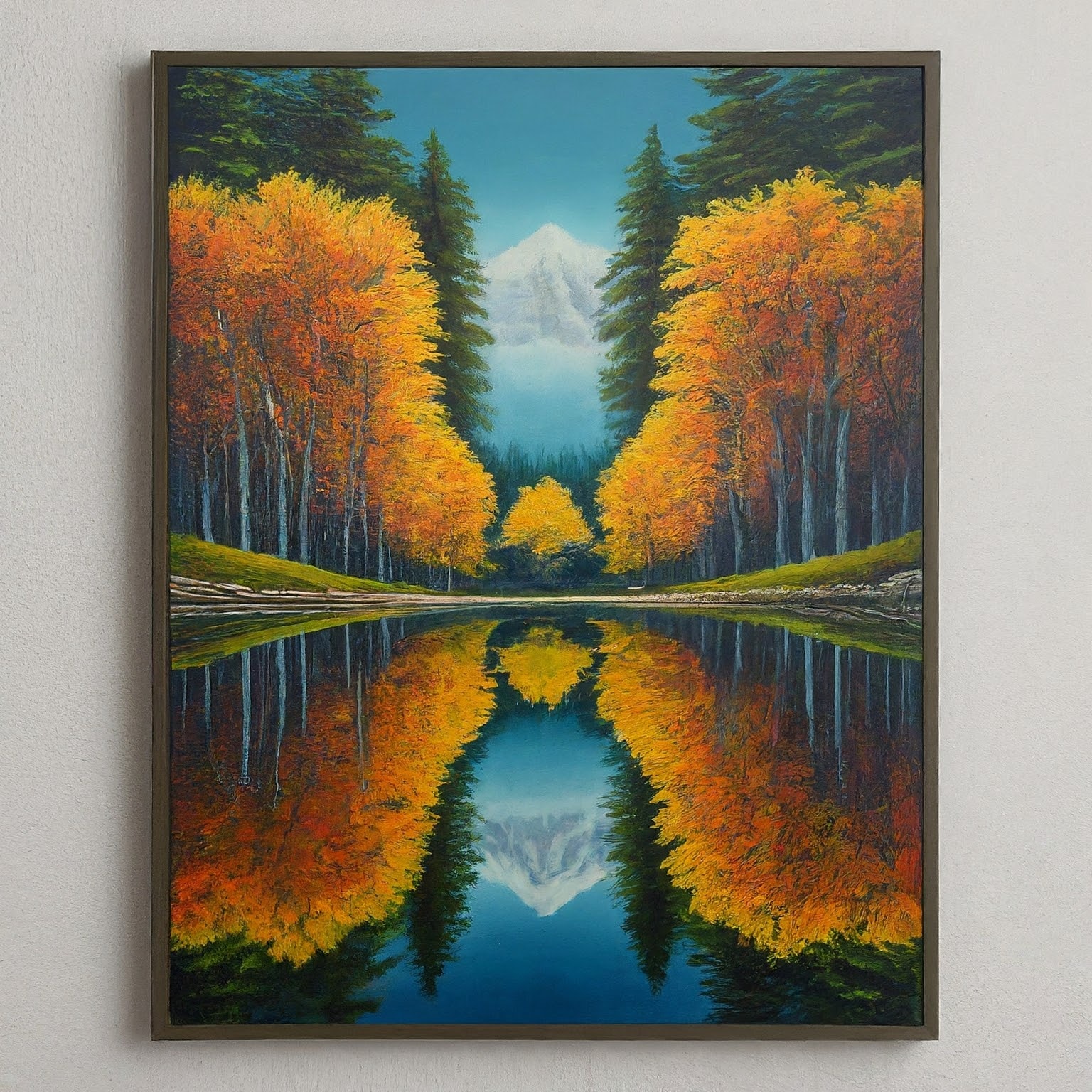
Examining Details and Realism
AI art can sometimes include unrealistic details that betray its synthetic origins:
- Odd Proportions: Check for proportions that seem slightly off or unnatural. AI models may generate figures or objects that look distorted when compared to real-world counterparts.
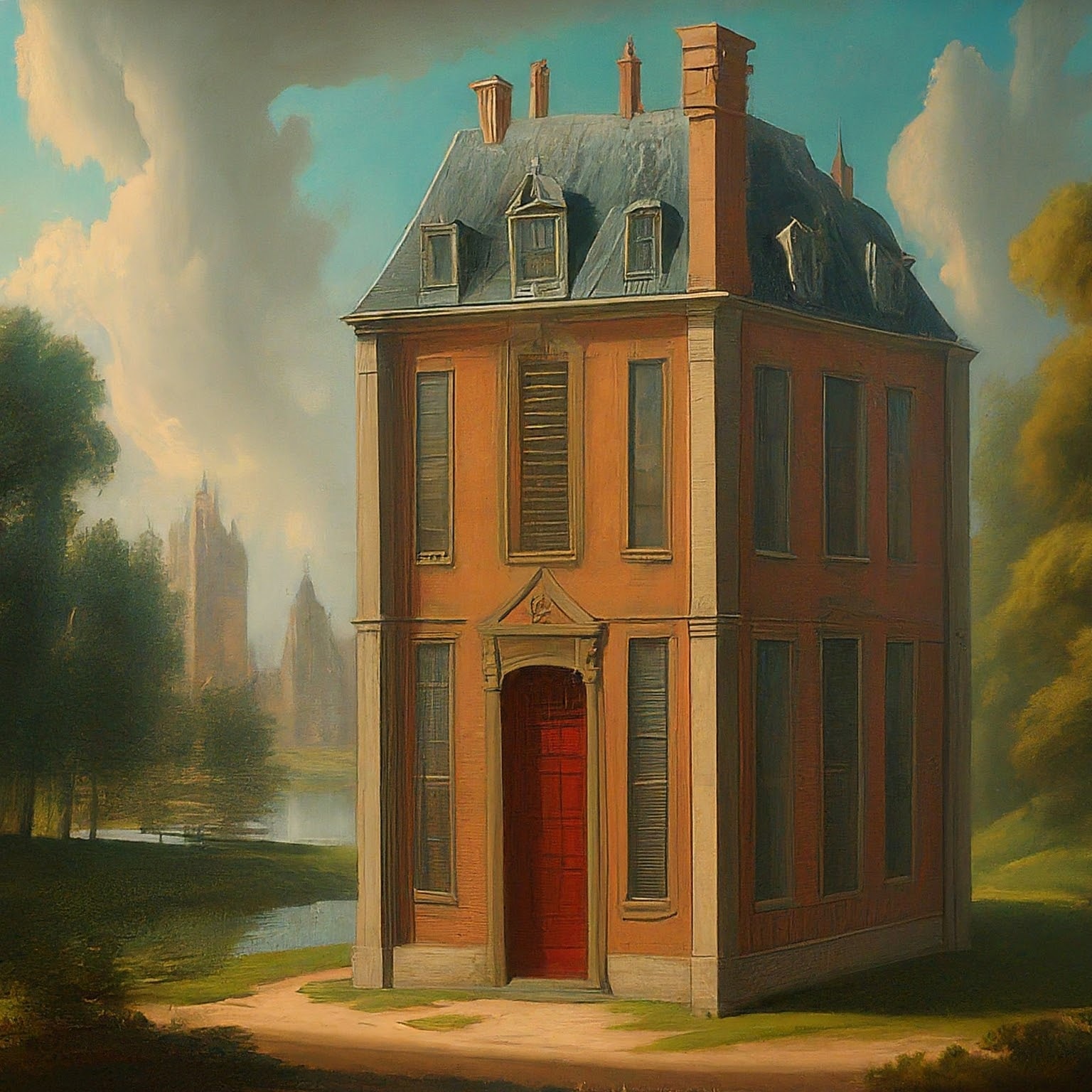
- Unnatural Elements: AI-generated images might include elements that don’t logically fit within the context of the scene. For example, shadows that don’t align with the light source or objects that seem out of place.
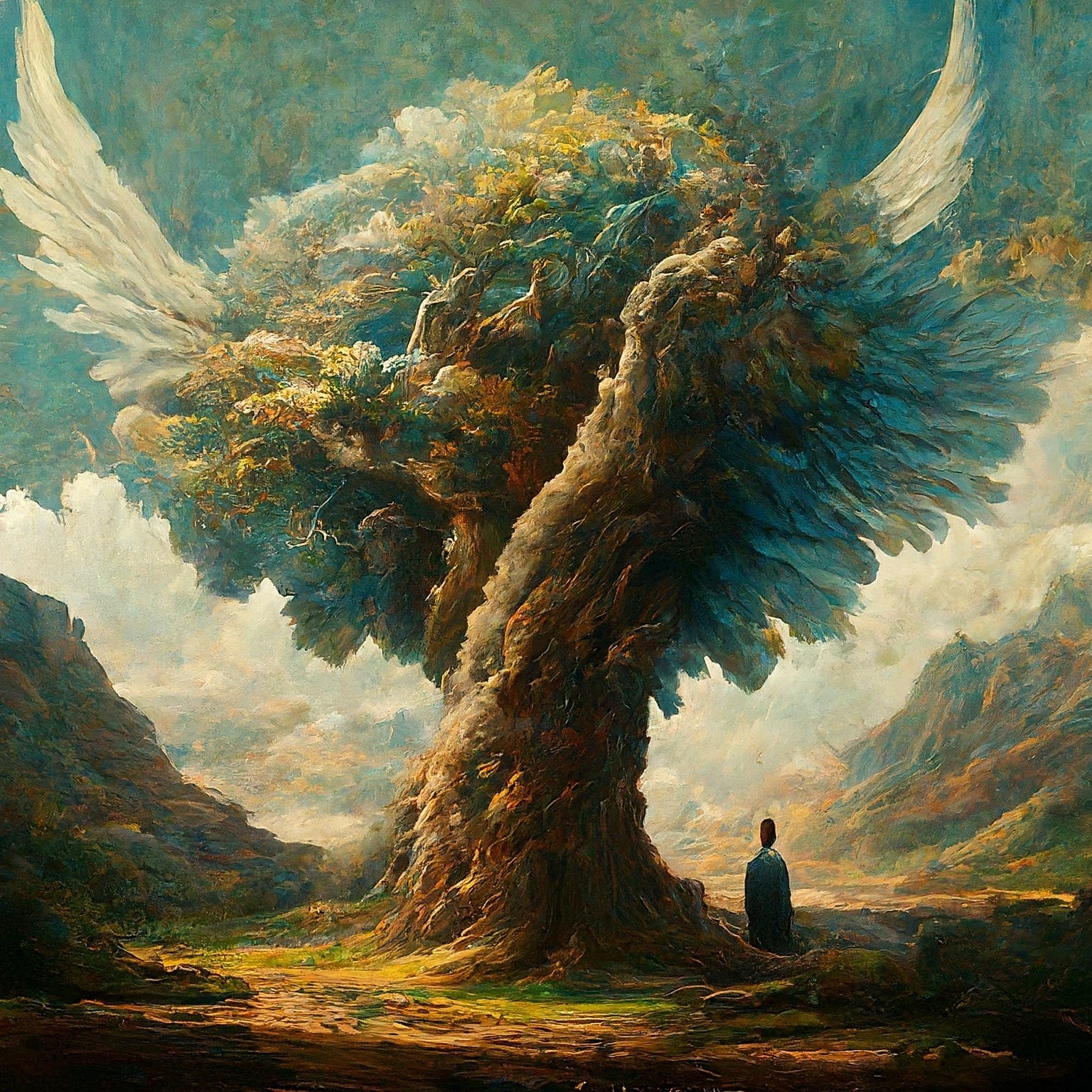
Analyzing Brushstrokes and Textures
The way brushstrokes and textures are rendered can provide clues about the origins of the artwork:
- Uniform Brushstrokes: In digital paintings created by AI, brushstrokes might appear too uniform and consistent. Human artists typically introduce a variety of brushstroke techniques, leading to more diverse textures.
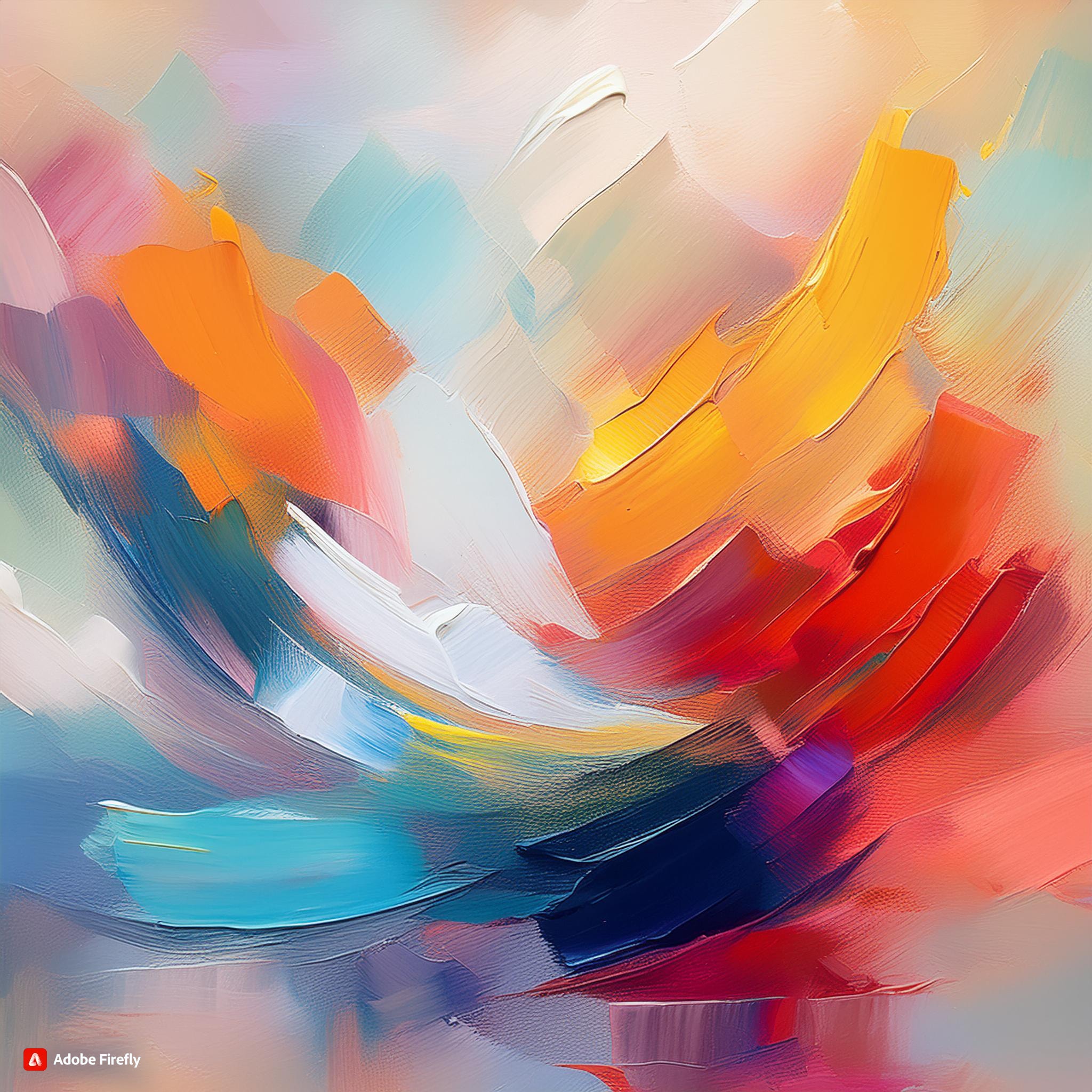
- Texture Depth: AI-generated images may lack the depth and richness of textures that come naturally to human-created art. Examine areas where textures seem flat or overly smooth.
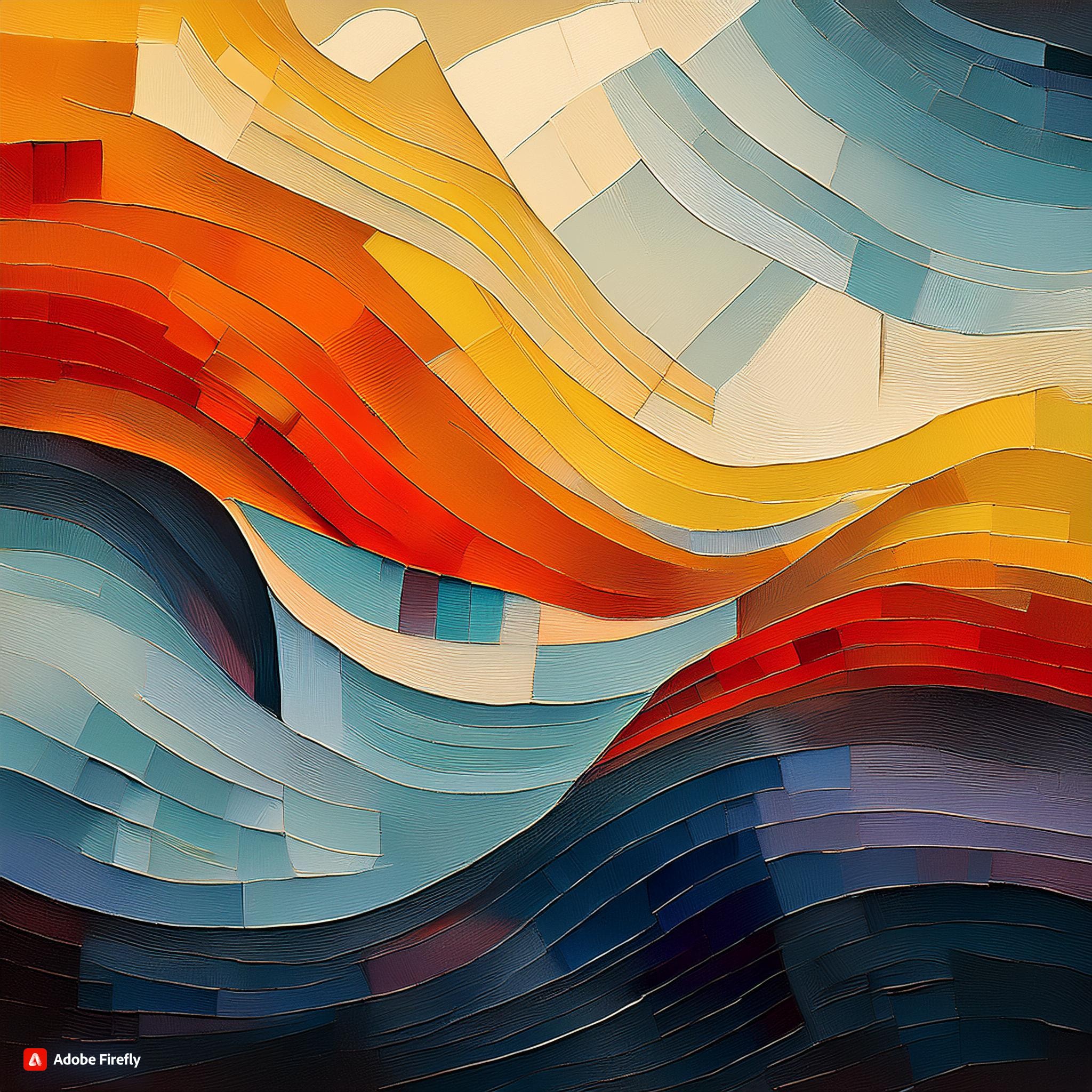
Color Usage and Composition
The use of color and composition in an image can also hint at its origins:
- Color Palette: AI art may use color palettes that seem too harmonious or overly saturated. Human artists often blend colors in more nuanced ways, leading to a broader range of tones and shades.
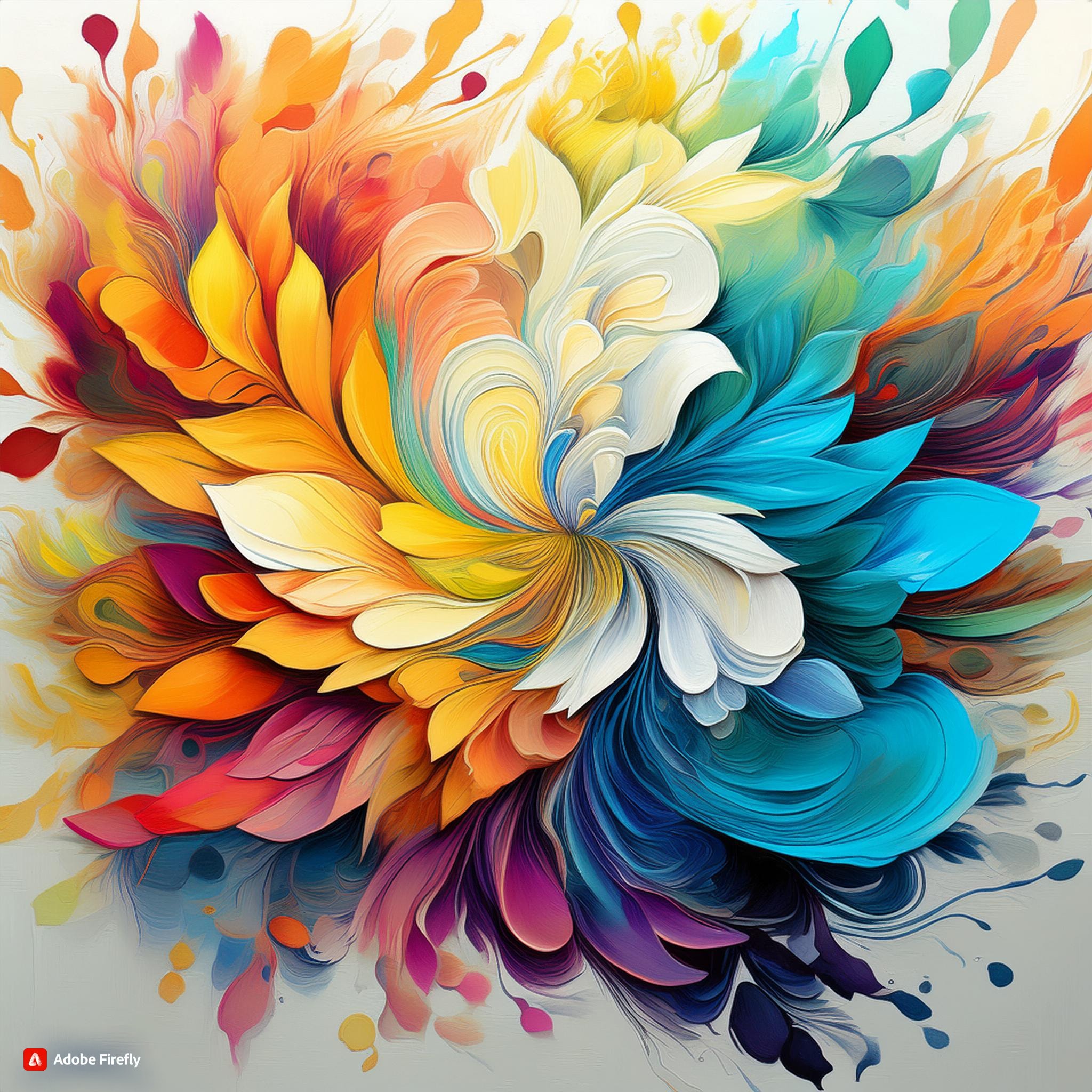
- Composition Balance: AI-generated content might adhere too strictly to compositional rules, resulting in images that feel too balanced or staged. Human-created art often has a more organic and dynamic composition.
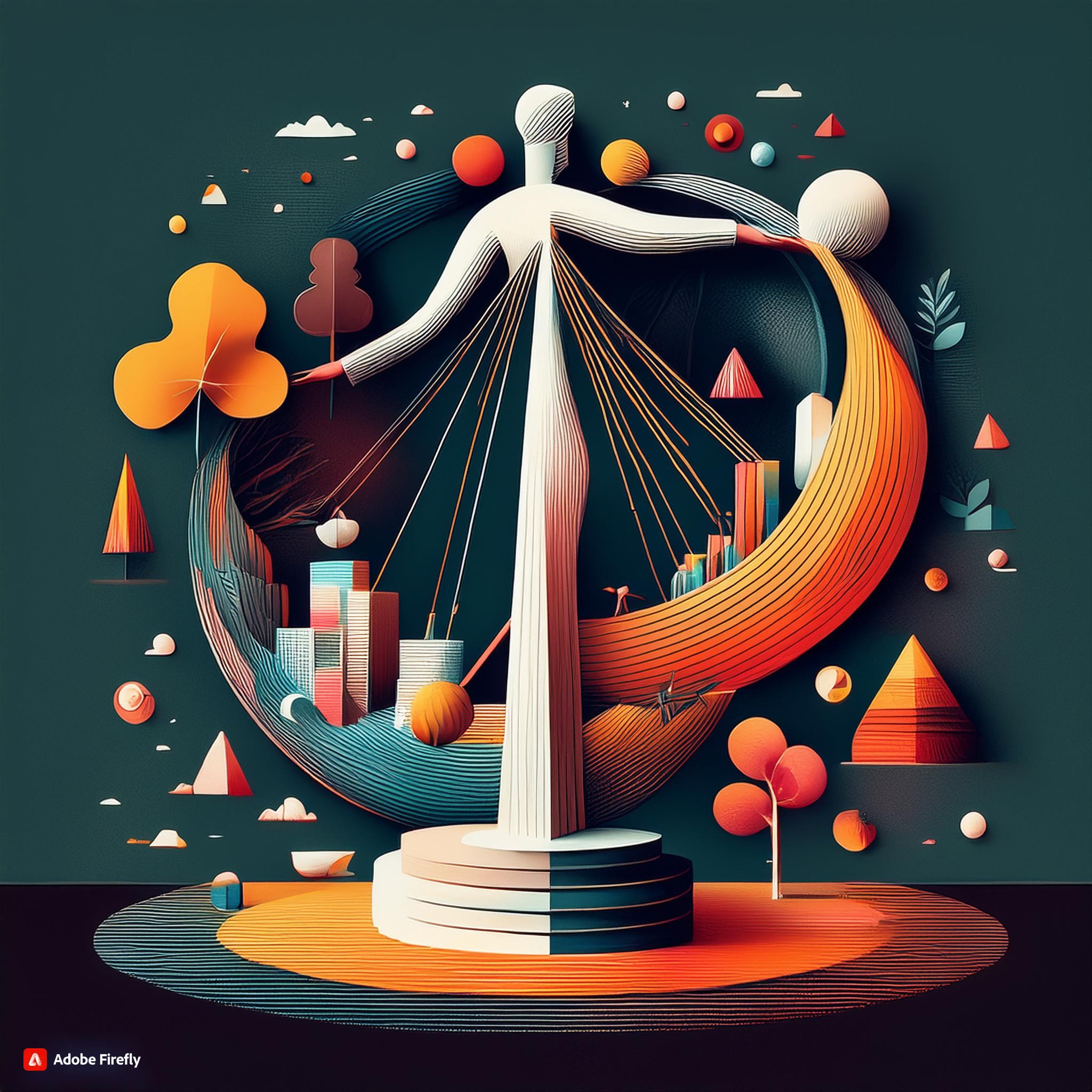
Contextual and Thematic Consistency
Consider the broader context and themes of the artwork:
- Historical and Cultural Accuracy: AI-generated art might include historical or cultural inaccuracies due to its reliance on learned patterns rather than lived experience. Look for anachronisms or elements that don’t fit the intended time period or cultural setting.
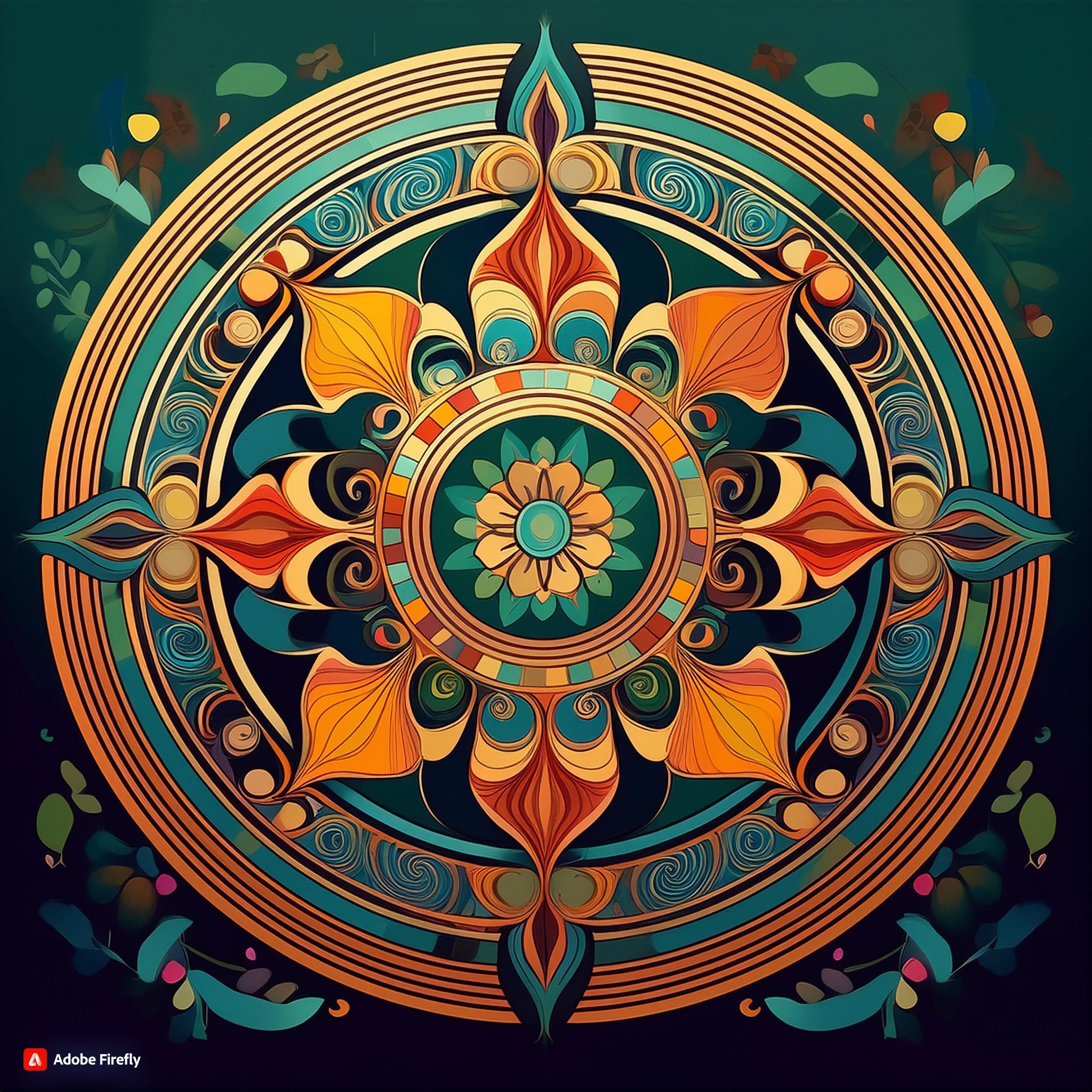
- Narrative Cohesion: Human-created art often tells a coherent story or conveys a clear theme. AI-generated images might lack this narrative depth, resulting in artworks that feel disjointed or lacking in emotional resonance.

Utilizing AI Detection Tools
In addition to manual analysis, leveraging specialized tools can significantly enhance the accuracy of detecting AI-generated images:
- AI Image Detectors: Tools like AI detector and AI image detector are designed to analyze images for signs of AI generation. These tools can identify patterns, textures, and other features that suggest non-human origins.
- Generative AI Analysis: Platforms offering generative AI analysis can help determine whether an image was created using popular AI models like DALL-E or Stable Diffusion.
- Metadata Examination: Some AI-generated images might include metadata indicating their origin. Check the image file’s metadata for any references to AI tools or generative AI platforms.
Case Study: Detecting AI in Pop Art
Let’s apply these techniques to a specific example: distinguishing between a human-created pop art piece and an AI-generated pop art style image.
- Pattern Analysis: Examine the repetitive patterns in the background and foreground elements. An AI-generated pop art style image might display overly consistent dots or lines compared to the more varied application by a human artist.
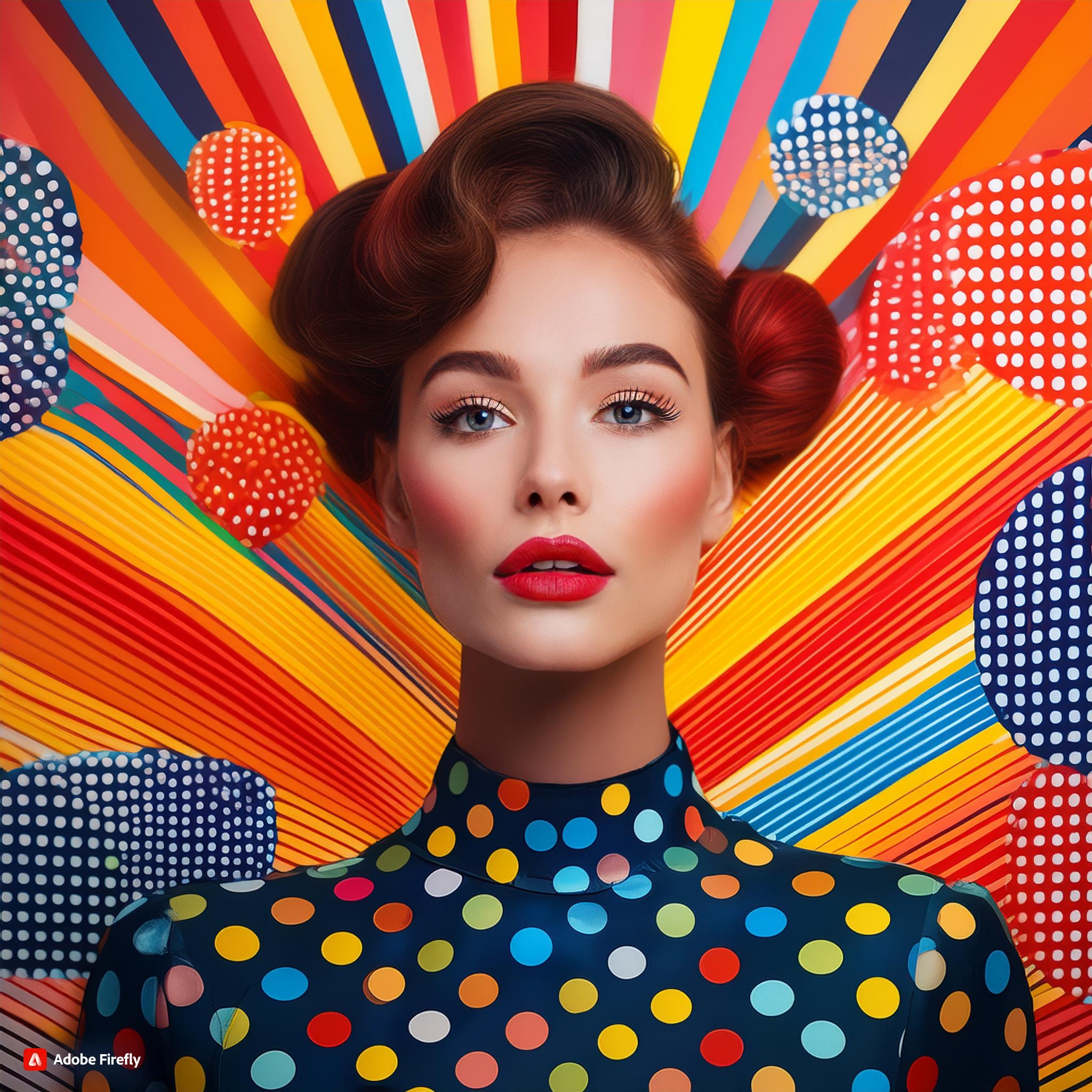
- Symmetry Check: Look for perfect symmetry in the composition. AI-generated content often exhibits symmetry that’s too precise.
- Detail Examination: Focus on the details, such as facial features or object outlines. AI art may include odd distortions or unrealistic proportions.
- Color Usage: Analyze the color palette for overly saturated or harmonious colors. Human-created pop art often blends colors more dynamically.
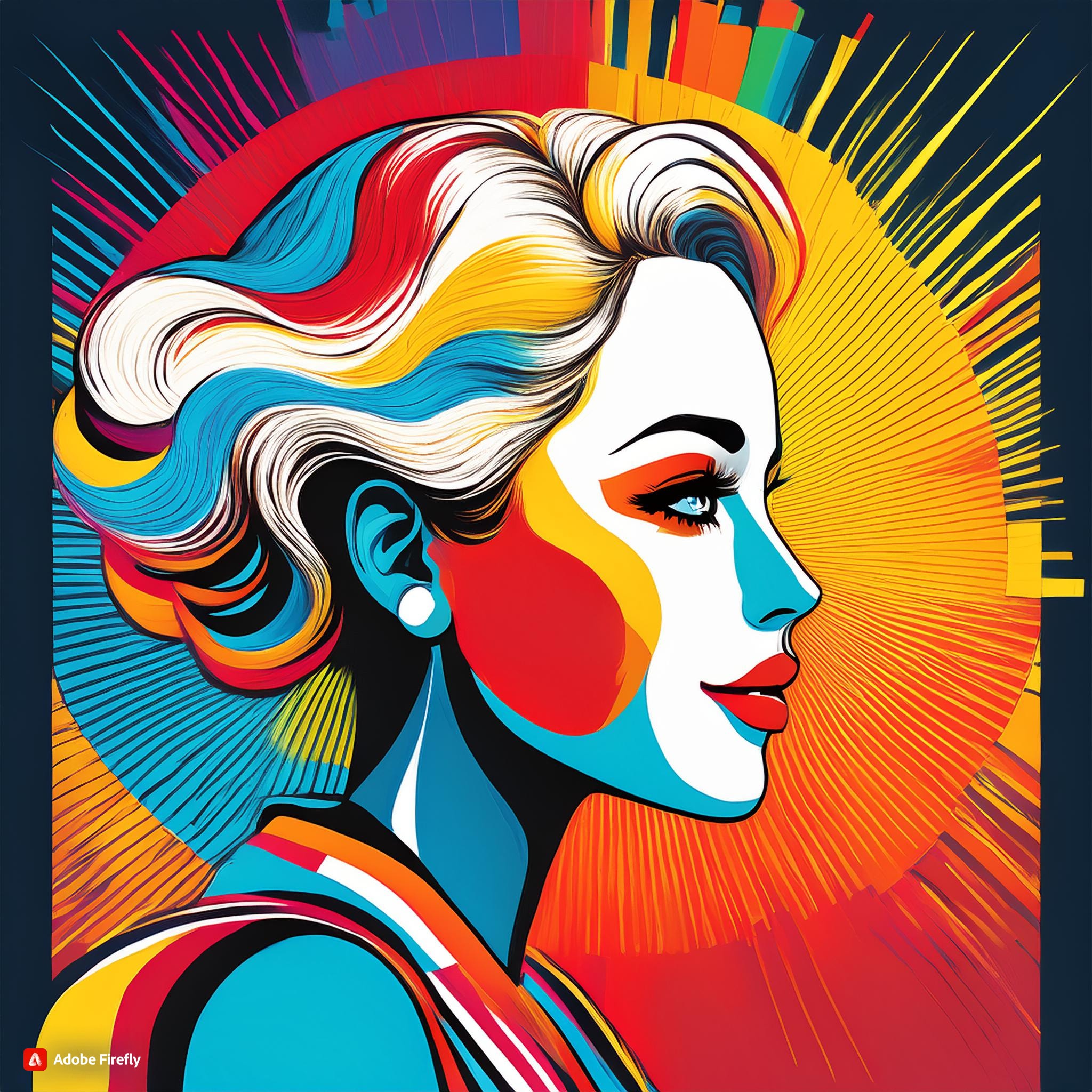
By applying these visual analysis techniques, you can enhance your ability to distinguish AI-generated art from authentic human-created paintings. Whether you’re an art enthusiast, curator, or collector, these skills are invaluable in navigating the evolving landscape of digital and traditional art.
The Rise of Image Analysis Tools
The Evolution of AI Detection Technology
With the increasing prevalence of AI-generated images, the demand for robust image analysis tools has surged. These tools have evolved to address the growing need to detect AI-generated content and distinguish it from human-created art. The development of AI detection technology has become essential in maintaining the integrity of digital and traditional art forms.
Key Features of AI Image Detectors
Modern AI image detectors come equipped with a range of functionalities designed to analyze and identify AI-generated images:
- Pattern Recognition: These tools use advanced algorithms to detect repetitive patterns and uniform textures commonly found in AI-generated art.
- Metadata Analysis: By examining the metadata of images, detectors can identify the presence of AI tools or generative AI platforms used in the creation process.
- Texture and Detail Analysis: AI image detectors assess the depth and variability of textures and details, looking for signs that distinguish human-created art from AI-generated content.
- Color and Composition Checks: These tools analyze the color palettes and composition of images, identifying features that are typical of AI-generated images.
Popular AI Detection Tools and Platforms
Several platforms and tools have emerged as leaders in the field of AI detection:
- AI Detector: This tool is designed to analyze images for signs of AI generation. It examines patterns, textures, and other features to determine the likelihood of an image being AI-generated.
- AI Image Detector: Similar to the AI Detector, this tool focuses on identifying the nuances of AI-generated content by analyzing the visual and metadata aspects of images.

- Generative AI Analysis Platforms: These platforms offer comprehensive analysis of images, including the identification of popular AI models like DALL-E and Stable Diffusion.
Applications of Image Analysis Tools
The rise of image analysis tools has had a significant impact across various fields:
- Art Authentication: Art collectors and galleries use AI detection tools to verify the authenticity of artworks, ensuring they are not investing in AI-generated images.
- Content Moderation: Social media platforms and websites use these tools to filter out AI-generated content, maintaining the integrity of user-generated content and protecting against misinformation.
- Intellectual Property Protection: Creators and artists use AI detection technology to safeguard their work from unauthorized use or replication by AI models.
Challenges and Limitations
While AI image detectors have made significant advancements, they are not without challenges:
- False Positives and Negatives: The accuracy of these tools is still evolving, and they may sometimes produce false positives (identifying human-created art as AI-generated) or false negatives (failing to detect AI-generated images).
- Evolving AI Technology: As AI models continue to improve and produce more realistic images, detection tools must continuously adapt to keep up with these advancements.
- Data Privacy Concerns: The use of image analysis tools raises questions about data privacy and the ethical implications of analyzing and storing large volumes of image data.
The Future of Image Analysis Tools
The future of AI detection technology looks promising, with ongoing research and development aimed at improving the accuracy and functionality of these tools. Innovations in machine learning and AI models will likely lead to more sophisticated image analysis techniques, enabling even more precise identification of AI-generated content.
The rise of image analysis tools has revolutionized the way we detect AI-generated images and distinguish them from human-created art. As these tools continue to evolve, they will play an increasingly crucial role in ensuring the authenticity and integrity of digital and traditional art forms. Whether used in art authentication, content moderation, or intellectual property protection, AI detection technology is essential in navigating the complex landscape of AI-generated content.
Reviewing Image Analysis Tools
Is It AI? (isitai.com)
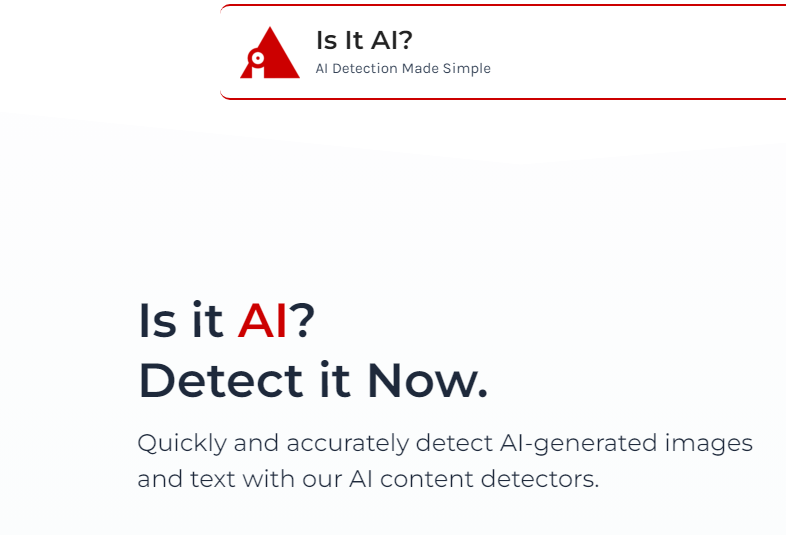
Functionalities of Is It AI?
“Is It AI?” is a leading-edge tool designed to detect AI-generated text. It offers a range of functionalities to identify if a piece of text was created by artificial intelligence:
- AI Detection Algorithm: Utilizes advanced algorithms to analyze the patterns, textures, and metadata of images, determining the likelihood of AI involvement.
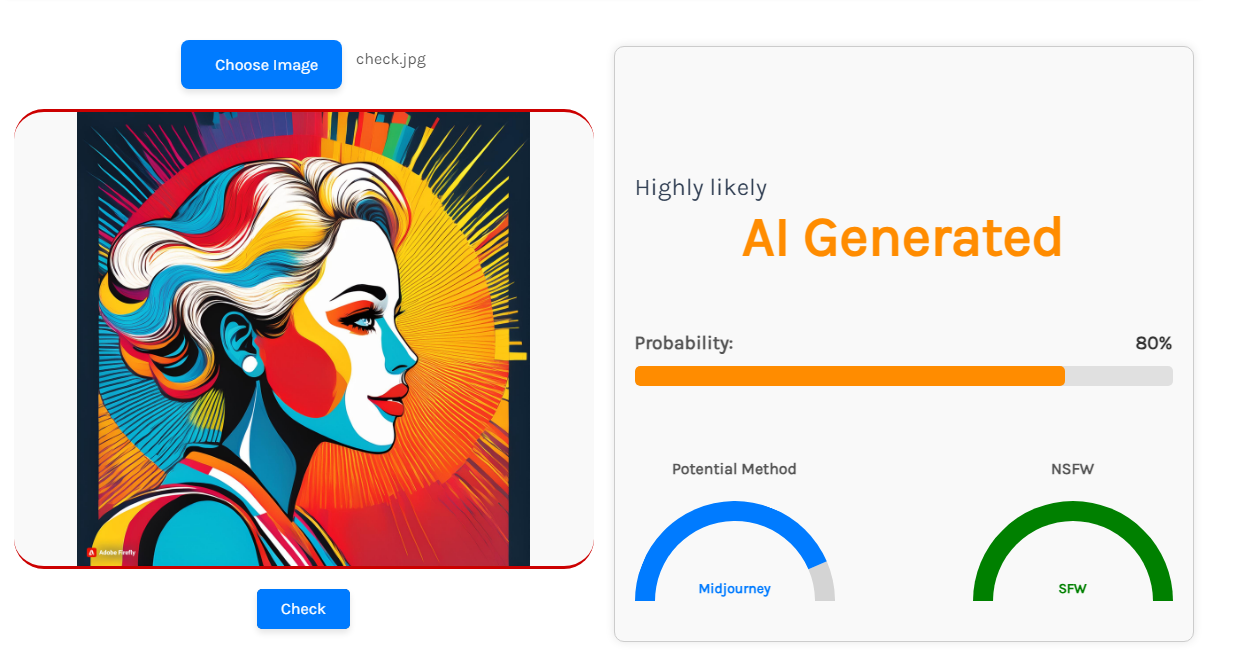
- User-Friendly Interface: Provides an easy-to-use platform where users can upload images and receive analysis results in a matter of seconds.
- Detailed Reports: Offers detailed analysis reports, including aspects such as color consistency, texture analysis, and pattern recognition, which are indicative of AI generation.
Price plan
Free Usage: Allows a certain number of free analyses per day, making it accessible for occasional users or those testing the platform.
Basic:
- $7.99/month
- 150 Image check monthly
- Chrome extension access
- Full API access
- Email Support
Growth:
- $46.99/month
- 700 Image check monthly
- Chrome extension access
- Full API access and support
- Priority Email Support
Pro:
- $196.99/month
- 7,500 Image check monthly
- Chrome extension access
- Full API access and integration support
- Priority Email Support
Potential Limitations of Is It AI?
While Is It AI? offers robust functionalities, there are several limitations to consider:
- Accuracy: Although the tool employs advanced detection algorithms, it is not infallible. False positives and negatives can occur, meaning human-generated art might be mistakenly identified as AI-generated and vice versa.
- Free Usage Limits: The free version of the tool has usage limits, which might not be sufficient for users needing to analyze a large number of images. Beyond the free tier, subscription fees may apply.
- Dependency on Image Quality: The accuracy of the analysis can be affected by the quality of the uploaded image. Lower resolution or highly compressed images might yield less reliable results.
- Evolving AI Techniques: As AI generation techniques become more sophisticated, detection tools must continually update their algorithms. There might be a lag in the tool’s ability to detect the latest AI-generated images.
Recommendation
Is It AI? can be a valuable tool for identifying AI-generated content, but it should be used as a supplementary resource rather than a definitive answer. Given the potential for inaccuracies and limitations in free usage, it is best used in conjunction with other detection tools and manual analysis for more comprehensive results. Here are some practical recommendations:
- Cross-Verification: Use Is It AI? alongside other AI detection tools to cross-verify the results. This can help mitigate the risk of false positives or negatives.
- Manual Inspection: Combine automated detection with manual inspection by experts who can provide context and deeper insights into the nature of the artwork.
- Regular Updates: Ensure the tool is regularly updated to keep up with advancements in AI generation techniques. Staying informed about updates can enhance the tool’s reliability.
- Educational Use: Utilize the tool for educational purposes, helping users understand the characteristics of AI-generated art and the nuances involved in its detection.
By leveraging Is It AI? as part of a broader toolkit, users can enhance their ability to detect and understand AI-generated content, while remaining aware of the tool’s limitations and the need for a multi-faceted approach.
AI or Not (aiornot.com)
Functionalities of AI or Not
AI or Not is a versatile tool designed to analyze both images and audio to determine whether they have been generated by artificial intelligence. Here are its key functionalities:
- Image Analysis: Uses advanced algorithms to analyze visual elements, patterns, and textures in images to detect AI generation. This includes examining metadata and comparing it with known characteristics of AI-generated content.
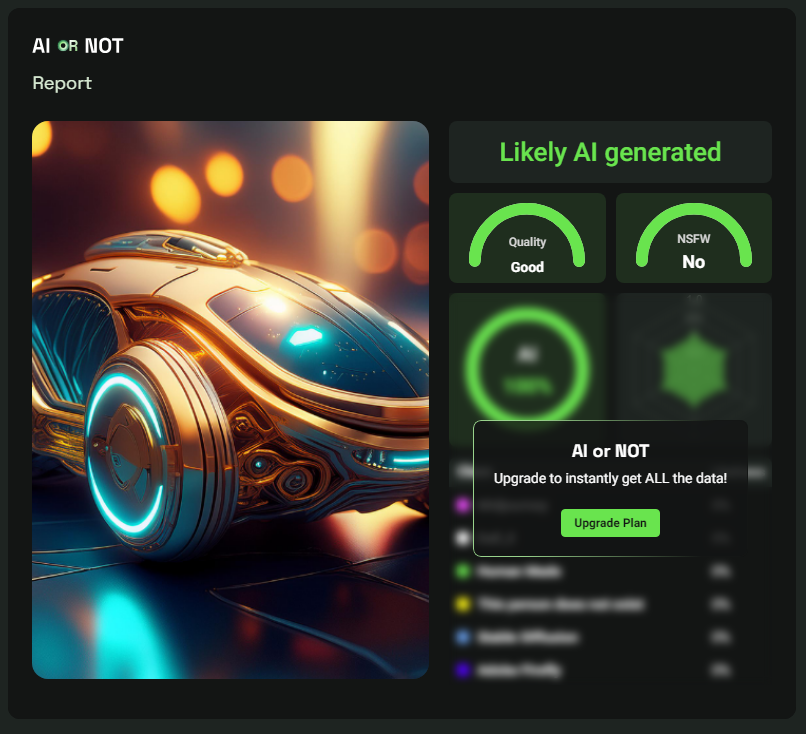
- Comprehensive Reports: Provides detailed reports on the analysis, highlighting specific elements that suggest AI generation and offering a probability score for the likelihood of AI involvement.
- User-Friendly Interface: Offers a simple, intuitive interface where users can easily upload files and receive analysis results quickly.
- Multi-Format Support: Supports a wide range of image and audio file formats, making it accessible for various types of media.
Pricing
Monthly(Yearly):
Free:
- $0 per month
- 10 AI or Not Image checks monthly
Base:
- $9 per month ($5per month, billed annually)
- 100 AI or Not Image checks monthly
- Full API response & premium web reports with specific model detection
- 5 AI or Not Audio checks
Pro:
- $500 per month ($250per month, billed annually)
- 10,000 AI or Not Image checks monthly
- $0.04 per AI or Not Image check over 10,000
- 100 AI or Not Audio checks monthly
- All overage charged in $500 increments
Enterprise:
- Custom Pricing
- Volume pricing
- Reseller rights
- On-prem hosting option
- 30 day free trial
- Integration assistance
- Dedicated support
Potential Limitations of AI or Not
While AI or Not offers robust functionalities, several limitations should be considered:
- Accuracy: The tool’s accuracy, while generally high, is not perfect. There can be false positives and negatives, particularly with high-quality AI-generated content that closely mimics human-created media.
- Pricing Structure: The tool may have a tiered pricing structure, with limited free usage. For users needing extensive analysis, subscription fees can become significant.
- Evolving AI Techniques: As AI techniques improve and become more sophisticated, the tool’s detection algorithms must be continually updated. There may be delays in adapting to the latest advancements in AI generation.
- Dependency on File Quality: The accuracy of the analysis can be impacted by the quality of the uploaded files. Low-resolution images or poor-quality audio recordings might result in less reliable analysis.
- Resource Intensive: Analyzing large files or a high volume of files may require substantial computational resources, which could limit the tool’s accessibility for some users.
Recommendation

AI or Not is a valuable tool for detecting AI-generated content in both images and audio, but it should be used as a supplementary resource rather than a definitive answer. Given the potential for inaccuracies and limitations in free usage, it is best used in conjunction with other detection tools and manual analysis for more comprehensive results. Here are some practical recommendations:
- Cross-Verification: Use AI or Not alongside other AI detection tools to cross-verify the results. This can help mitigate the risk of false positives or negatives.
- Manual Inspection: Combine automated detection with manual inspection by experts who can provide context and deeper insights into the nature of the media.
- Regular Updates: Ensure the tool is regularly updated to keep up with advancements in AI generation techniques. Staying informed about updates can enhance the tool’s reliability.
- Educational Use: Utilize the tool for educational purposes, helping users understand the characteristics of AI-generated content and the nuances involved in its detection.
- Resource Management: Be mindful of the computational resources required for extensive analysis and plan usage accordingly to avoid excessive costs.
By leveraging AI or Not as part of a broader toolkit, users can enhance their ability to detect and understand AI-generated content, while remaining aware of the tool’s limitations and the need for a multi-faceted approach.
Conclusion
In conclusion, knowing how to tell AI art from real art requires a keen eye and an understanding of the nuances involved in each medium. Here are the key points to remember:
Visual Analysis Techniques: AI-generated art often displays uniformity in texture and color application, while real paintings exhibit varied brush strokes and more natural inconsistencies.
Metadata and Patterns: AI-generated images often contain metadata indicative of digital creation. Patterns such as perfect symmetry or overly smooth gradients can be telltale signs of AI involvement.
Image Analysis Tools: Tools like Is It AI? and AI or Not provide valuable insights but are not foolproof. They should be used in conjunction with other methods and manual inspection for the most accurate results.
Artistic Intent and Style: Real paintings are often imbued with the artist’s personal touch and emotional expression, which can be harder for AI to replicate authentically.
Context and Provenance: The history and context of an artwork, including its provenance, can provide clues about its authenticity. Real paintings often come with a traceable history, while AI-generated art may not.
Developing a critical eye to identify images accurately is essential for appreciating and distinguishing between AI art and real paintings. This involves not only using advanced detection tools but also honing one’s ability to recognize subtle differences in technique, style, and execution. By combining technology with traditional art appreciation skills, we can navigate the evolving landscape of art on our web-based world with greater confidence and understanding, appreciating the democratic processes that allow both AI-generated and human-created art to coexist on Earth.
Rodion Smolyanitskiy
Rodion is a skilled copywriter and AI expert at fancys.ai, specializing in crafting compelling content powered by AI insights. Combining creativity with technical knowledge, Rodion ensures engaging, high-quality copy that resonates with audiences and enhances brand presence.
- Web |
- More Posts(62)
